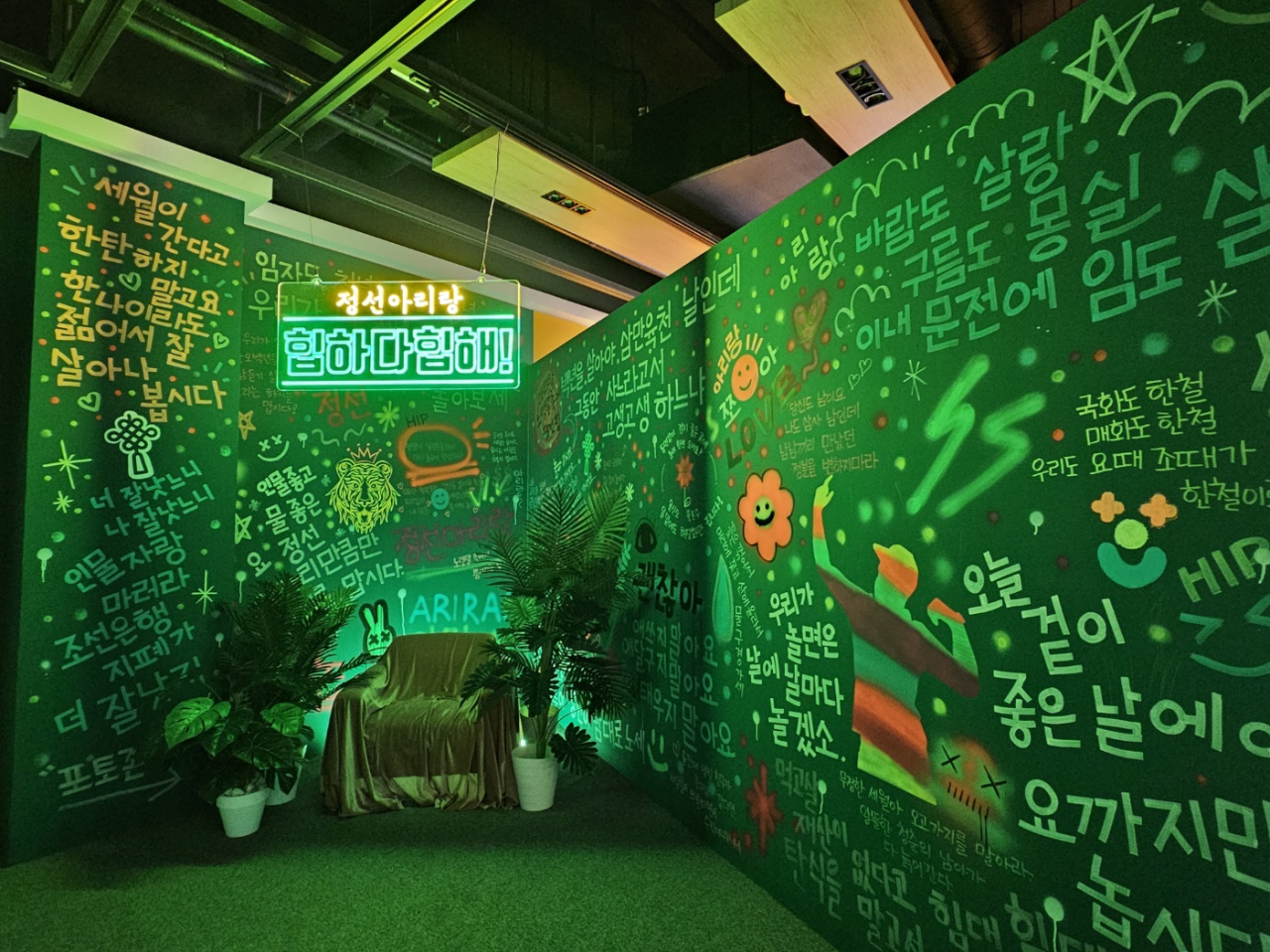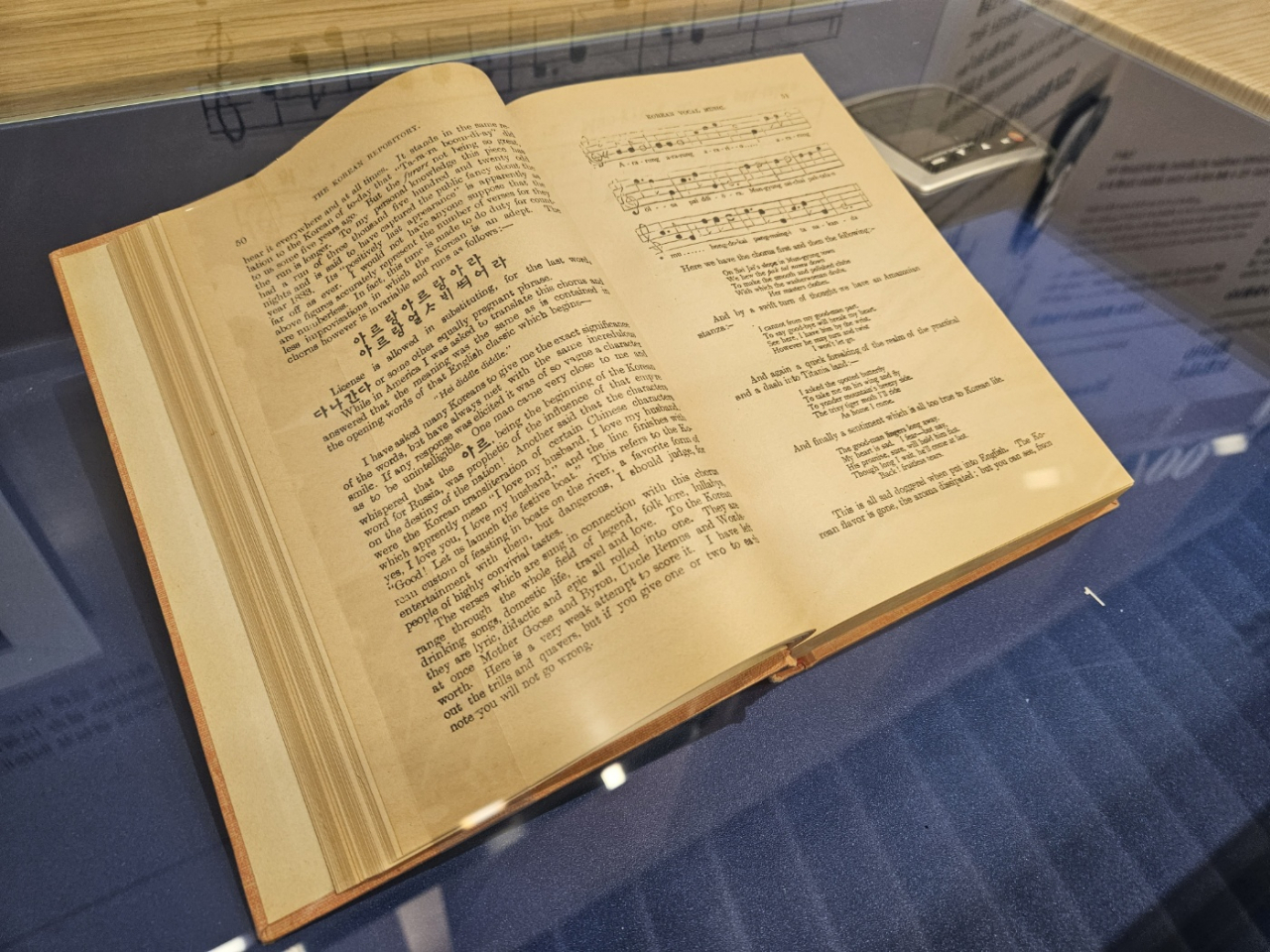
JEONGSEON, GANGWON PROVINCE (ANN/THE KOREA HERALD) – The haunting refrain of “Arirang Arirang Arario…” fills the air, evoking a bittersweet nostalgia that has been cherished by Koreans for generations.
Although the precise origins of this timeless melody may be shrouded in history, its enduring popularity dates back to the late Joseon era. Over the years, Arirang has solidified its status as one of Korea’s most beloved folk songs, weaving a profound sense of belonging and comfort into the hearts of its listeners.
In December 2012, Arirang, the lyrical folk song of the Republic of Korea, was named UNESCO Intangible Cultural Heritage of Humanity. Two years later, in 2014, the Arirang folk song of the Democratic People’s Republic of Korea also made the UNESCO list.
Around 100 variations of Arirang and at least 10,000 different lyrics exist on the Korean Peninsula, including well-known versions like the Miryang Arirang, Jindo Arirang and Jeongseon Arirang, according to the Jeongseon Arirang Culture Foundation.
The Arirang Museum, established in May 2016, is situated in Jeongseon, a mountainous village in Gangwon Province, renowned for its Jeongseon Arirang.

“We have over 3,780 Arirang-related materials, mostly collected through donations and some purchases,” the museum’s researcher Gang Ja-yun told the source.
“We encourage visitors to begin their journey in the permanent exhibition hall on the second floor, where carefully selected items illuminate the history and growth of Arirang.
“Following that, the special exhibition downstairs connects to the ever-evolving Arirang of today, where visitors can also participate in the creative process through their own words.”
The permanent exhibition hall offers visitors an immersive experience that delves into the diverse regional variations of Arirang, including its overseas renditions.
Visitors can listen to different versions of Arirang sung by master singers, spanning from Arirang of Jeju Island in the south to that of North Korea.
The exhibition also shows variations of Arirang found in China, Russia, Central Asia, US, Japan and Europe, each with its distinct characteristics.
In the hall’s central area, a digital archive booth provides visitors with the opportunity to choose a particular country on a world map and briefly sample that country’s rendition of Arirang.
Among the recordings available are those by the American folk singer Pete Seeger from the early 1950s and the 1976 rendition by the French orchestra leader and conductor Paul Mauriat.
The Arirang-related items in the exhibition range from books, LP records, postcards, photos to household products bearing the name “Arirang” from the 1950s to the 1980s. Arirang’s popularity has also led to the creation of Arirang Radio, Arirang snacks and cookies, and even a comic book series titled, “Arirang USA.”

Meanwhile, the special exhibition hall introduces a new theme two to three times a year, reinterpreting Arirang from a contemporary perspective.
The most recent exhibition, “Arirang: Hip, Han, Eol,” which ended in October, encouraged visitors to express their own feelings and transform them into written notes, contributing to the evolving Arirang lyrics. The notes with the lyrics decorate the walls, each bearing deeply personal experiences and emotions.
The next special exhibition is scheduled to open December 5, under the theme of Jeongamsa Sumano Stupa, a brick stone stupa in Jeongseon that is a designated National Treasure. Details will be announced at the museum’s official website by late November.
For those seeking a live experience, the Jeongseon Arirang Center, connected to the museum, hosts the creative musical “Ari Arari.”
The performance weaves a narrative about lovers living near Jeongseon’s Auraji Lake and two families dedicated to the reconstruction of Gyeongbokgung with the finest pine trees from Jeongseon. Tickets are available through the Jeongseon Arirang Culture Foundation’s official website.
Having made its debut during the PyeongChang Winter Olympics in February 2018, the musical will be taken to the Edinburgh Festival in the UK next March.
Just outside the museum’s doorstep is Ararichon, or Arari Village. The outdoor area includes a cafe and multiple stages where Jeongseon Arirang performances and educational activities, including Arirang learning programs for children and families, take place.






